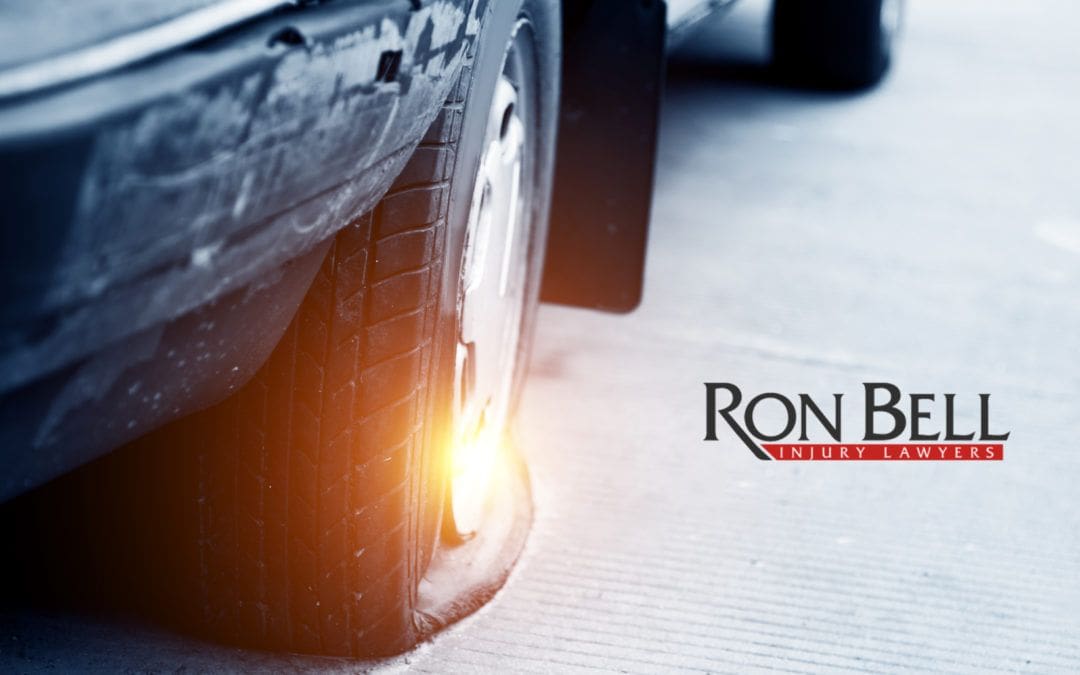Extreme Heat and Tire Blowouts


The National Highway Traffic Safety Association (NHTSA), plays a large part in those ratings by setting manufacturing standards to ensure tire safety. However, those efforts can be moot if proper maintenance doesn’t occur.
“The only way to ensure the continued safety performance of tires is for consumers to play their part with regular maintenance starting with inflation pressure. Without the right pressure, consumers are risking safety,” said NHTSA Administrator David L. Strickland in an AAA article. Additionally, the U.S. Rubber Manufacturers Association (RMA) – whose members include tire manufacturers like Goodyear, Bridgestone and Cooper Tire – say that 83-percent of Americans don’t even know how to properly check tire pressure.
Maintain Proper Tire Pressure
The RMA reports that only 50-percent of Americans know where to find the correct inflation pressure for their vehicle. The other half, incorrectly believe it’s listed on the tire sidewall. Tire pressure is actually found on the inside of the vehicle’s driver side door or the owner’s manual and tires should be checked at least once a month. Many newer vehicles include automatic tire pressure monitoring systems (TPMS), however, the RMA recommends that motorists do not rely on them as a substitute.
“Federal regulations require TPMS to warn drivers when tires are 25% underinflated. For many vehicles this warning may be too late to prevent damage caused by under inflation,” their report says. “TPMS units are NOT a replacement for monthly tire pressure checks with a gauge.” Each pressure check should also be done when the tires are “cold”. “Don’t check tires after driving. As tires roll, they warm up, which causes the pressure to increase and could give a false tire pressure reading,” RMA says. Additionally, the NHTSA recommend changing out tires every six years. The manufacturer date of the tire can be found on the tire wall itself. Even if costly tire blowouts don’t happen, properly inflated tires can still have an added benefit. The U.S. Department of Energy even estimates that properly inflated tires can save up to 12-cents per gallon of gas.
How to Re-Inflate Tires
- Park your vehicle near an air compressor (either your own or one at a business)
- Note the correct tire pressure from inside the vehicle driver’s side door or the manual
- Remove the valve cover from the valve stem of the tire Using a tire gauge, check the current tire pressure (Be sure the tires are “cold” or you will get a false reading.)
- Press the hose fitting on the valve stem for a few seconds. You should hear it inflating the tire. If air is escaping, press the fitting tighter against the stem
- Using the tire gauge, check the current tire pressure again
- Put the valve stem cover back on and repeat steps for each tire, including the spare.
Source: American Automotive Association (AAA)
Recommended Watching: Check out AAA’s John Nielsen explain how to maintain tire pressure with this video.
Why Choose Ron Bell Injury Lawyers?
We Get Results!
